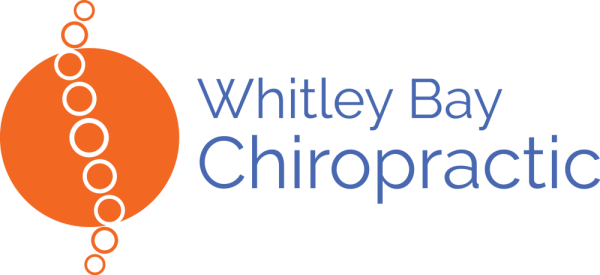How to Avoid Injuries While Training for the Great North Run
Every year around this time a steady flow of people, who recently started training for the Great North Run half marathon, come to my office with aches and pains related to running. Some of the most common injuries are: Achilles tendinopathy, plantar fasciitis (heel pain), iliotibial band syndrome (ITBS) and shin splints. It is probably wise to incorporate some injury prevention into a training program, especially if you have had a running injury previously.
Do’s and Don’ts
Do increase your running mileage gradually, even if you are an experienced runner.
Don’t foam roll or stretch the iliotibial band (ITB).
Do strengthen the glute muscles, as weak glutes are linked to many injuries.
Don’t focus on stretching a sore Achilles tendon, strengthen instead.
Do consider how wide apart your feet are when running, if you have a history of ITBS.
Don’t overstride (see below).
Don’t think stretching prevents injury, in most cases it doesn’t.
Mechanical issues!
Overstriding –
• Have someone film you running, and watch it in slow motion. You are overstriding if your ankle lands far in front of your knee. This causes your knee to straighten too much, and the body to absorb more shock. This can lead to shin splints or Achilles tendinopathy.
• Measure your cadence- it is measured in strides per minute (spm). Count the number of times your left foot hits the ground whilst running for 60 seconds. Double it and that is your cadence. A 170 – 190 spm is considered appropriate for most runners, if it’s down in the 150–160 spm range you may be overstriding.
Cross-over gait-
• If your feet land past the centre of your body towards the other foot, you have cross-over gait. Cross-over gait can be due to many factors, but weak glute muscles is probably the most common. Weak glutes can lead to one side of the pelvis dropping while running and/or a knee caving in towards the other knee when the glutes get tired.
• Weak glute muscles are a known factor in ITBS and a few other training injuries, so training them is wise. The iliotibial band is on the outside of the thigh, it is fibrous tract not a muscle. Therefore it can’t get tight, stretching it or rolling it on a foam roller is not advised. Increasing the width of the feet when running does help some runners with ITBS.
Prevention is easier than cure with ITBS, below are some videos showing how to strengthen the glute medius (an important pelvis stabilizer). It is important to do running drills which ensure carry over of the glute strengthening in to your running form, in part because weak glutes may only show when fatigue sets in.
You also may like:
Low Compression Exercises for High Hamstring Strains.
Best Glute Medius Exercises for Runners
The ART of Active Release Technique for injuries I treated a Telegraph journalist, she writes about the experience!
What is ART, how is different from sports massage I wrote this for 220 Triathlon Magazine
Podcasts I was on about this topic:
Ben Coomber Radio Propane Fitness
